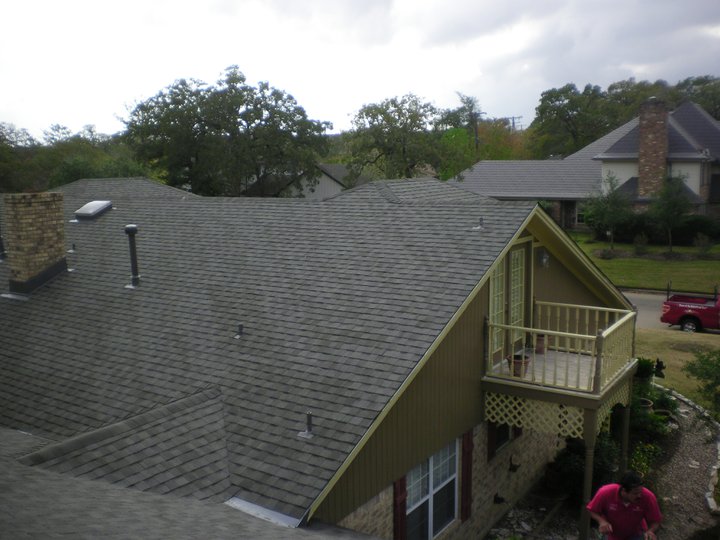Considering wood shingles for a roof will give a beautiful old-fashioned appearance while providing lasting protection for building residents. Cedar shakes are not only appealing to the eye but also provide extra insulation value compared and can be installed over an existing material. By far, this type of roof covering is regarded with great favor amongst the varying types of wood shingles and installation is relatively easy. To get the most out of this material, some important facts should be learned regarding the guidelines and latest renovation techniques that will provide satisfaction and a favorable lasting impression.
lasting protection for building residents. Cedar shakes are not only appealing to the eye but also provide extra insulation value compared and can be installed over an existing material. By far, this type of roof covering is regarded with great favor amongst the varying types of wood shingles and installation is relatively easy. To get the most out of this material, some important facts should be learned regarding the guidelines and latest renovation techniques that will provide satisfaction and a favorable lasting impression.
Workmanship
Quality workmanship is vital to the integrity of any roofing system in the building industry. Contractors should read and understand any guidelines or manuals thoroughly to be sure that correct installation practices are followed. After roofing construction is finished, a building should be assessed by a site inspection primarily to verify the standard of workmanship. The assessment may include material, functional performance, and quality of installation. Good workmanship can help increase interest in comfort, safety, and curb appeal. The workmanship is very crucial in a finished building to bring life to any roofing structure in the form of visual appeal, durability, quality and low maintenance.
Installation
Without due consideration to the style, shingle application is relatively easy. Yet, there are things that must be considered in the process.
- Air Circulation – After choosing the right type of shingles, nails, and calculating how much is needed, it is essential to provide good air circulation behind the shingles, not just air space.
- Nails – It is important to remember that only rust-resistant galvanized nails should be used to maximize the life expectancy of the material.
- Tile Placement – When laying down the tiles, they should be doubled or tripled at the eaves; the butt of the first row should project at least 1 ½ inches beyond the fascia and 1 inch beyond the gable end.
- Spacing – Proper spacing between adjacent shingles should be at a minimum of ¼ inch to a maximum of 3/8 inch.
- Cedar Breather – Wooden laths or cedar breathers should be installed accordingly before nailing the tiles. In areas facing harsh weather conditions, the cedar breather must be attached to a wall board covered with vapor barrier.
- Expansion – To prevent buckling, there should be ¼ inch of space between each tile for expansion.
- Lining Up – To ensure that all shingles are aligning, a board can be tacked or a chalk line can be snapped to draw a straight line.
- Peak Air Vents – Once the ridge is reached, ensure that the peak has air vents to promote circulation underneath the material. This is essential for durability, decreased moisture build-up and promotion of an energy efficient structure.
- Edges – Trim the edges using a hand plane.
Cedar shingles in place over time provide an attractive gray silver patina that can be pleasing to the senses. In addition, this material is highly regarded because of its long lasting performance, rustic look, low maintenance requirement, good insulation, and architecturally attractive appeal. Consequently, learning these important facts regarding cedar shingle installation can help obtain a visually appealing roof that can last for a life time!
